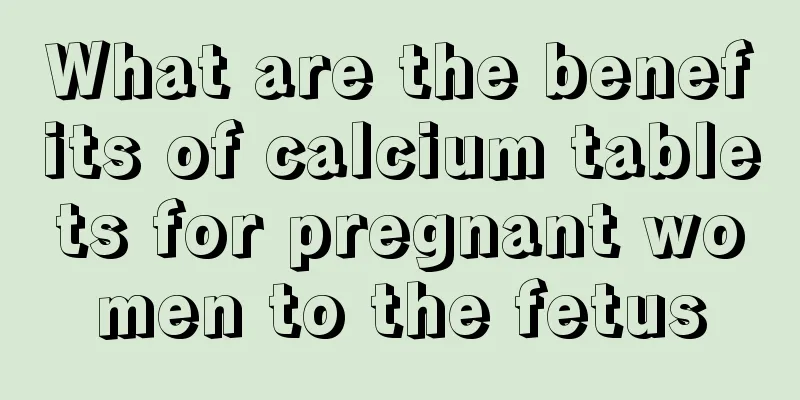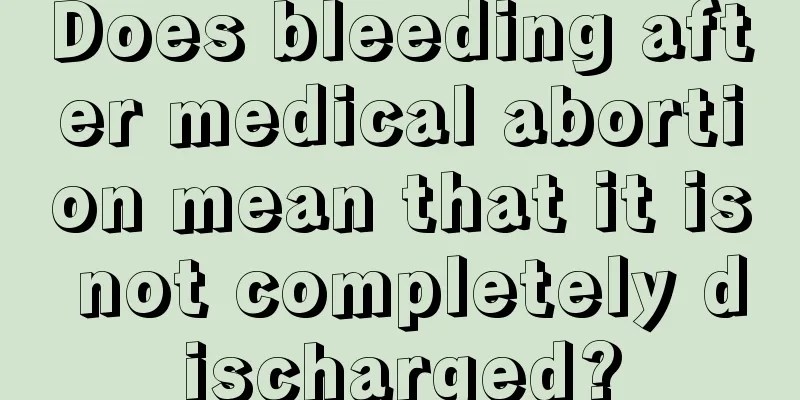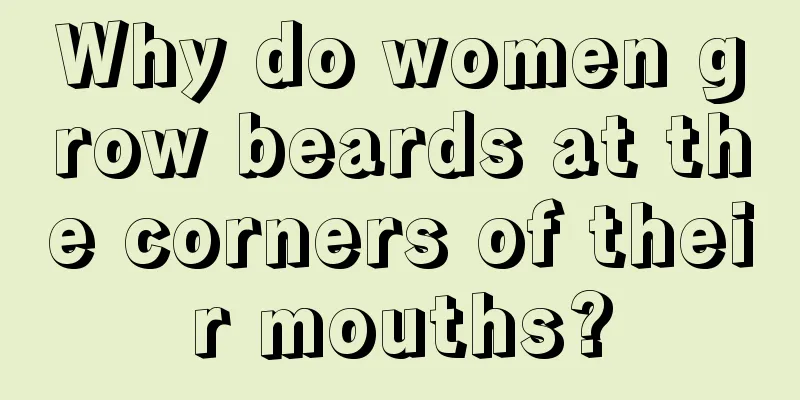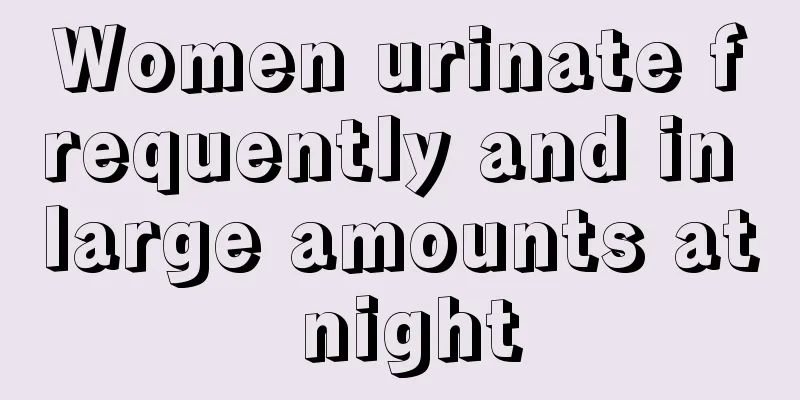How to treat ovarian inflammation
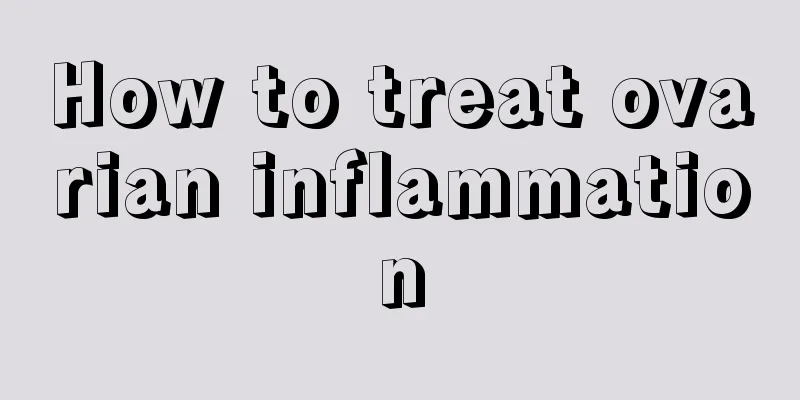
|
Oophoritis is a common gynecological inflammation in young women. It is very harmful to women's health and can easily lead to irregular menstruation, infertility, etc. Oophoritis should be treated in time. There are many common treatments, such as drug therapy, hormone therapy, uterine dilation and drainage or surgical treatment, etc. In addition to treatment, you should also strengthen good conditioning and health care. 1. Chronic oophoritis (1) Drug treatment: Diethylstilbestrol 0.25-0.5 mg can be taken orally once a day for 1-2 weeks, and appropriate antibiotics can be used for treatment for 5-7 days. At the same time, treatment is given for senile vaginitis (see senile vaginitis). (2) Surgical treatment: Patients with complications of intrauterine pyometra should immediately dilate the cervix and drain the pus. After the operation, a rubber drainage tube was placed in the cervical tube until no pus flowed out, and the above-mentioned drugs were used at the same time. (3) If any obvious inducement is found, it should be removed. 2. Acute oophoritis (1) General treatment Patients with acute oophoritis should rest in bed, preferably in a semi-recumbent position, to help limit the inflammation and drain the uterine secretions; hot compresses can be applied to the lower abdomen to promote the absorption of inflammation and relieve pain; bowel movements should be kept open to reduce pelvic congestion and facilitate the excretion of toxins. (2) Clearing uterine cavity residues and other foreign matter If oophoritis occurs after delivery or abortion, if there is suspected placental tissue residue, it should be removed immediately while using antibiotics. However, it is advisable to gently remove the protruding uterine cavity residues and try not to perform curettage. Curettage can only be performed when the antibiotic dose reaches a certain level and the inflammation is under control to prevent the spread of inflammation. (3) Uterine dilation and drainage and estrogen therapy For chronic oophoritis and senile oophoritis, the method of dilating the cervix can be used in conjunction with treatment to facilitate the drainage of uterine secretions and eliminate the inducement. Elderly patients can also use a small amount of estrogen. (4) Surgical treatment This method is suitable for chronic oophoritis caused by submucosal fibroids or polyps. At this time, antibiotic treatment alone is often ineffective, so surgical resection can be considered. The above are the treatment methods for oophoritis. There are still many treatment methods for this disease, so don’t treat this disease blindly. You need to go to the hospital and communicate with the doctor as soon as possible to get the best results. I hope the above content can help you understand more! |
<<: What are the symptoms of uterine prolapse after cesarean section?
>>: Can endometrial cancer be cured?
Recommend
How to relieve headaches during pregnancy
Many women experience headaches during pregnancy....
Pregnant women, please note! There are six kinds of accidents that should prevent cardiovascular disease | American Heart Association
On March 29, the American Heart Association (AHA)...
What you need to know about fasting test
"This examination requires you to fast. You ...
One month pregnant belly swelling
There should be many women who have their own bea...
Will agarwood rot if left for a long time? How to preserve agarwood for a long time?
Jewelry made of agarwood can be often seen in dai...
7 major advantages to answer your questions about the benefits of drinking pure milk
Pure milk is a natural dairy product that contain...
How old are girls when they have sexual fantasies
With the development of the economy, people's...
Why do pregnant women have itchy feet?
As the pregnancy time of pregnant women increases...
Bangs on your forehead will affect your luck
Nowadays, many people are paying more and more at...
Do you have lumbar disc herniation at a young age? This can relieve the pain
I don’t know if you have noticed that when the we...
Is Chu Xuanji the Weaver Girl in the Glazed Beauty? What is Chu Xuanji's true identity?
In recent years, TV series adapted from novels ha...
What does a uterine biopsy mainly check?
Many women have some gynecological diseases in li...
Dizziness after successful implantation
In order to have a baby as soon as possible, some...
What are the dangers of breast squeezing?
I believe everyone has watched "The Legend o...
Menstrual cycle is regular but the amount of blood is small
Many female friends think that as long as their m...
